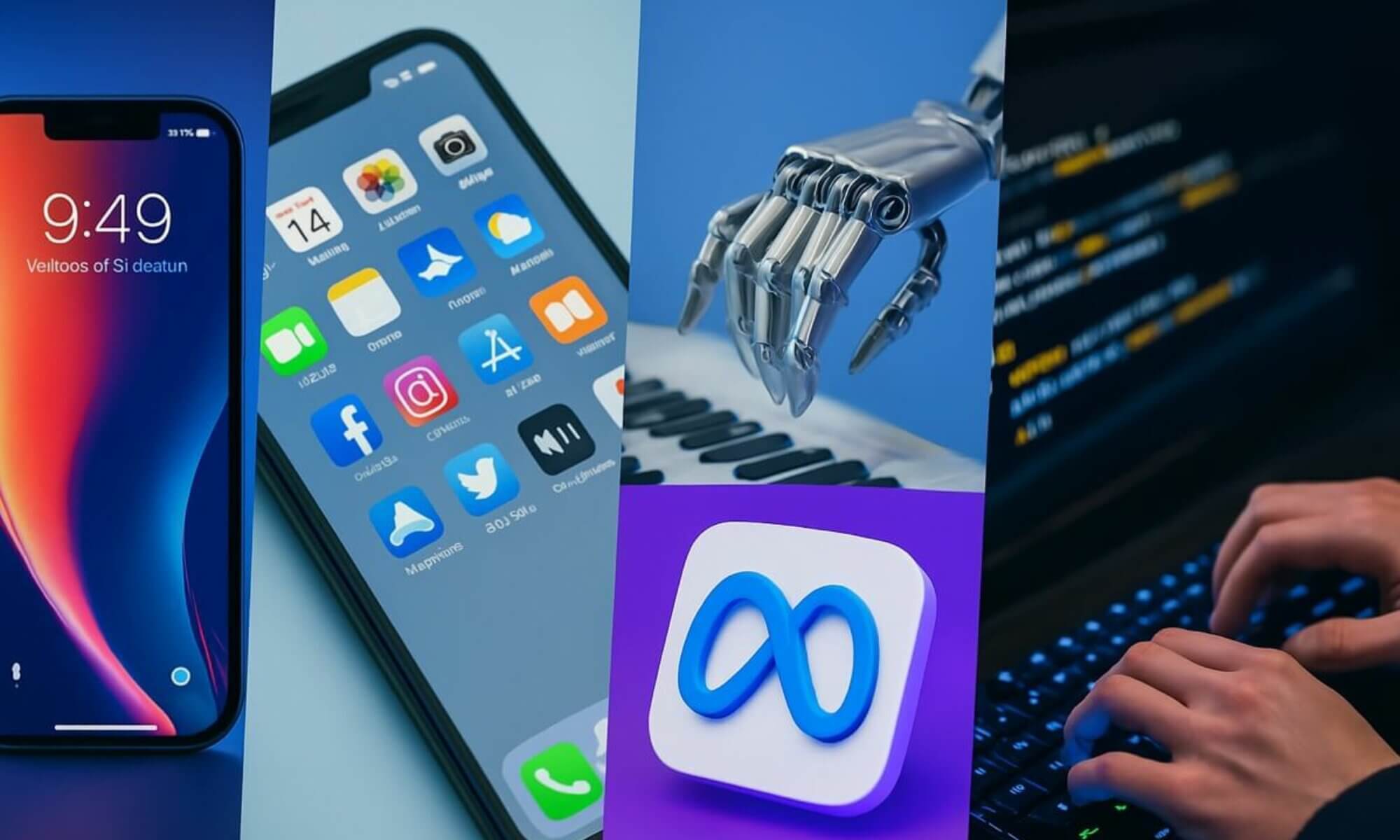The sustained growth in mobile application development continuously reshapes how individuals and businesses interact with technology. From facilitating seamless communication and driving commerce to enhancing entertainment and societal engagement, mobile apps have become indispensable in today’s digital ecosystem. With billions of users worldwide relying on platforms like Uber, Airbnb, Facebook, Instagram, WhatsApp, Spotify, Snapchat, Pinterest, LinkedIn, and TikTok, understanding the technical backbone and evolving trends behind these applications is crucial for both developers and users navigating the 2025 digital terrain.
Defining Mobile Applications: Core Types and Development Structures
Mobile applications are software programs designed primarily for handheld devices such as smartphones and tablets. They typically fall into three categories:
- Native Apps: Crafted specifically for platforms like iOS or Android, allowing direct access to device hardware and software features for optimized performance.
- Hybrid Apps: Combining elements of native and web apps, leveraging web technologies while running within native containers.
- Web Apps: Browser-based applications with responsive designs, accessible without dedicated installations but often limited in hardware integration.
This classification is pivotal for developers aiming to balance performance, maintainability, and user experience. Native applications, such as Uber and Spotify, are exemplary for high responsiveness and security. In contrast, hybrid and web applications offer faster cross-platform compatibility, vital for social media platforms like Pinterest and TikTok.
Technical Foundations Behind Modern Mobile Apps
Building resilient and secure mobile apps requires mastery of frameworks and programming environments that align with the targeted operating system. Critical elements in 2025 include:
- Frameworks: React Native and Flutter enable rapid cross-platform development while preserving near-native performance.
- Security Protocols: As cyberthreats escalate, robust encryption and periodic vulnerability assessments are mandatory – particularly for apps like WhatsApp and LinkedIn handling sensitive data.
- API Integration: Seamless access to backend services via RESTful APIs or GraphQL empowers real-time interaction and data synchronization.
- User Interface (UI) and User Experience (UX) Design: Intuitive, adaptive designs ensure user engagement across diverse device sizes and accessibility requirements.
| Development Aspect | Purpose | Example Platforms |
|---|---|---|
| Native Frameworks | High performance, device-centric features | Uber, Spotify |
| Hybrid Frameworks | Cross-platform efficiency, quicker deployments | Instagram, Pinterest |
| Web Apps | Universal accessibility, minimized installation | LinkedIn, TikTok (web versions) |
Impact of Mobile Applications on Communication and Social Interaction
The pivotal role of mobile apps in shaping social connectivity is more pronounced than ever. Platforms including Facebook, Instagram, Snapchat, and WhatsApp effectively dismantle geographical barriers, enabling instant sharing, messaging, and collaboration. The integration of AI-driven content curation further personalizes user experiences, intensifying engagement through tailored feeds and recommendations.
Key facets of this impact comprise:
- Real-time communication: Accelerating interaction speed across global networks.
- Community formation: Niche communities and interest groups facilitated through forums and chat features.
- Content creation and sharing: Lower barriers to posting multimedia content, increasing diversity and volume.
| App | Primary Communication Features | User Base (billions) |
|---|---|---|
| Social networking, groups, pages, Messenger | 2.9 | |
| Instant messaging, voice/video calls, end-to-end encryption | 2.7 | |
| Photo/video sharing, Stories, Reels | 2.3 | |
| Snapchat | Ephemeral messaging, AR filters | 0.7 |
Mobile Applications as Catalysts for Economic and Business Growth
Mobile apps serve as crucial tools driving digital commerce and innovation. Services like Uber and Airbnb exploit location-based technologies to disrupt traditional transportation and hospitality sectors, fostering gig economies globally. Businesses leverage tailored applications to optimize customer engagement, streamline operations, and enhance brand loyalty.
Integral advantages offered by mobile apps for enterprises include:
- Personalized marketing: Targeted advertising using behavioral analytics increases conversion rates.
- Transaction facilitation: Secure mobile payment systems contribute to higher transaction volumes and user convenience.
- Data-driven insights: Usage metrics and feedback inform business strategies, product improvement, and customer satisfaction.
| Business Model | Mobile App Benefit | Representative App |
|---|---|---|
| On-Demand Services | Real-time booking and tracking | Uber |
| Sharing Economy | User-rating systems and seamless scheduling | Airbnb |
| Content Streaming | High-quality multimedia access anywhere | Spotify |
Security Challenges and Solutions in Mobile Application Ecosystems
As mobile apps increase in scope and complexity, cybersecurity risks become prominent concerns. Vulnerabilities include data breaches, unauthorized access, and malware infiltration. Applications like LinkedIn and WhatsApp, handling vast amounts of sensitive personal and professional data, are prime targets requiring stringent security measures.
Effective countermeasures encompass:
- Encryption standards: Employing end-to-end and transport layer security to protect data integrity.
- Regular audits: Penetration testing and security updates to address emerging threats.
- User awareness training: Educating app users on secure practices and phishing risks.
- AI-powered security tools: Integrating real-time threat detection and automated response capabilities as detailed in AI cybersecurity solutions.
| Security Aspect | Potential Threat | Mitigation Strategy |
|---|---|---|
| Data Encryption | Man-in-the-middle attacks | End-to-end encryption protocols |
| Authentication | Credential theft | Multi-factor authentication |
| Software Updates | Zero-day exploits | Regular patch management |
| User Behavior | Phishing attacks | Continuous cybersecurity training |
Exploring ongoing advancements in mobile payment security also offers insight into safer financial transactions via apps: future mobile payment technologies ensure encrypted, user-friendly experiences.


